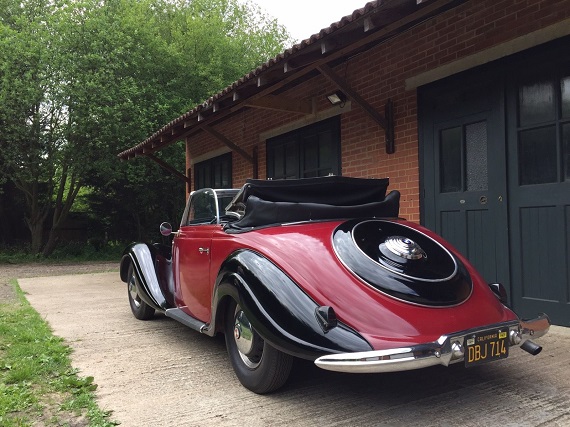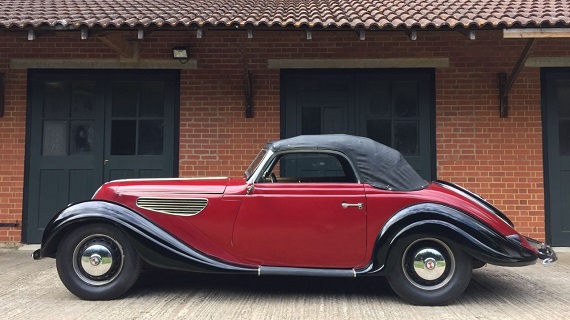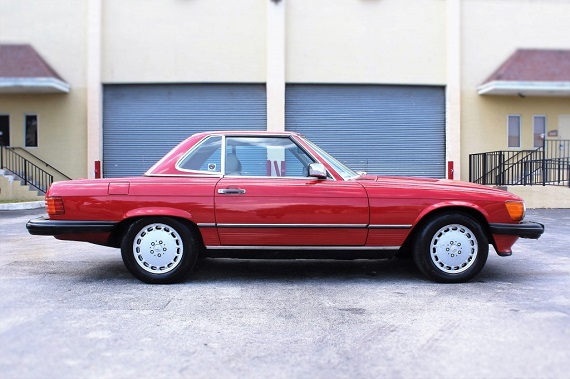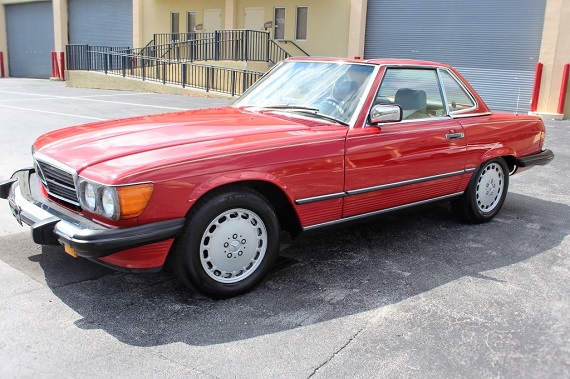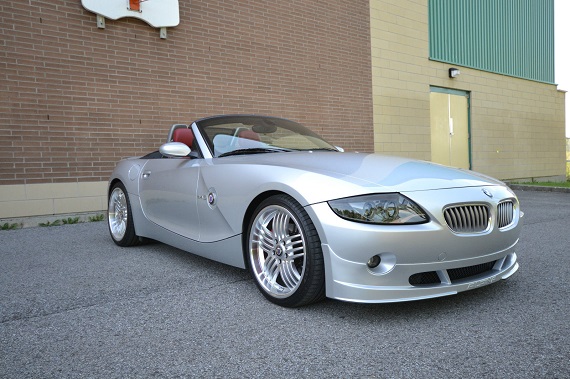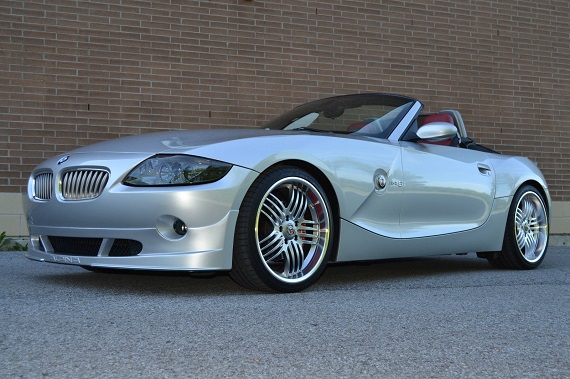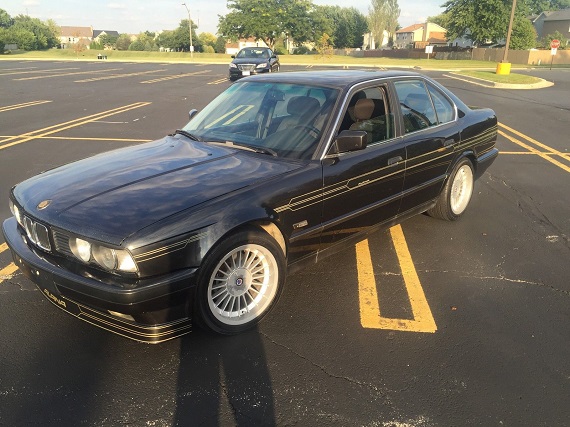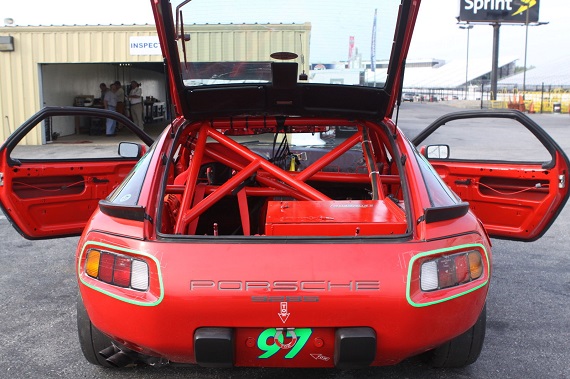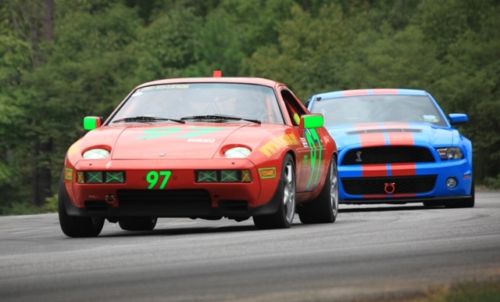World War II changed the map of Europe, and the post-War period was a strange rebuilding and re-allocation period which saw serious changes to some of the names you know today. Volkswagen, a brand that effectively hadn’t really existed before 1939 and the outbreak of war, found itself the benefactor of British intervention afterwards and became the company we know today. Mercedes-Benz, similarly, picked up the pieces and continued on. Auto Union and the companies of the four rings fell inside the Soviet area of control, and as a result many of the plans, factories and engineers were removed from Germany and sent deeper into Russian control. Then there was the strange plight of BMW. Prior to World War II, though BMW had been a very successful aircraft engine producer and motorcycle champion of Germany, they were a minor player in the automobile industry. Still, they had produced some beautiful and notable designs, including the successful sports car racer 328. Although technically Munich lay in the American area of Allied occupation, there would be an interesting future for BMW. Connections with the British Army allowed a pre-War BMW dealer from Britain to jump into the Munich factory, grab a bunch of plans and some engineers, and return back to the island nation. That would yield the Bristol 400 – a car so heavily influenced by BMW’s 326, 327 and 328 designs that they even retained the signature kidney grills. More strange, perhaps, was the BMW plant at Eisenach. Unfortunately for the city, though centrally located in Germany and not particularly far from Munich, it lay about 6 miles inside the Soviet control border. But their factory had all the plans for BMW’s road cars, so after the war, they turned on the lights and started pumping out BMWs not made by BMW. This, of course, resulted in a lawsuit, and in 1952 they were forced to change their name to Eisenacher Motorenwerke, or EMW. Like Bristol, they retained all of the signature BMW bits, including the Roundel. But since they were in Soviet controlled areas, the Roundel’s color changed from blue to red:
Author: Carter
For a few years in the late 1970s, two seeming decapitated dinosaurs roamed the roads of America, the last of a dying breed in the great Convertible Ice Age. First was the now ancient Beetle cabriolet, designed originally in the 1930s and relatively unchanged until production ceased – sort of – in 1980. Your other option if you wanted top-down motoring in the U.S. was the Mercedes-Benz SL, but while it made the Beetle look like a horse-drawn cart, in reality it wasn’t a particularly sporty car at that time. American manufacturers had withdrawn from the market in 1977, and the still relatively small companies of BMW, Audi and Porsche had only tin tops. If you wanted a luxury convertible in 1977, the Mercedes-Benz R107 was your option.
Then the 1980s happened, and suddenly the gas crisis, economic stagnation and concerns over sun exposure suddenly ended. People who liked convertibles were no longer viewed as social pariah with a death wish, and the SL shined as a perfect example of success and excess. Like most V8s from the late 1970s and early 1980s, the SL’s V8 had suffered from environmental restraints which resulted in the 380SL. With a mere 155 horsepower on offer from its engine, the 380SL was hardly the match for its near 3,500 lb. curb weight. That was finally rectified in 1986 with the introduction of the much upgraded 560SL. Now the M117 delivered the power that the prestige of the SL demanded; it gained 72 horsepower and nearly 100 lb.ft. of torque, and gave the model a new lease on life. While the R107’s production cycle lifetime doesn’t scare the likes of the Beetle’s 50 years, in a marque with the storied history of Mercedes-Benz it is the second longest produced model. That alone should lend some credibility to its staying power, and today these models have finally gained the respect they deserve:
CLICK FOR DETAILS: 1988 Mercedes-Benz 560SL at Auto Source Group
Comments closedIf the B10 3.5/1 from earlier was overshadowed by the more powerful headline-grabbing BiTurbo, the Roadster S barely emerged from under the positively giant amount of shade cast by the Roadster V8. So outraged was the enthusiast world that Alpina would yank the S62 V8 and 6-speed out to be replaced by a 540 motor and automatic that you could easily have missed the lesser Roadster on offer from Buchloe. Indeed, far fewer of the Roadster S were produced than the Roadster V8; a scant 370 are reported to have been made. In typical Alpina fashion, the S model featured engine, suspension, interior and exterior upgrades. The N52 magnesium block engine was dropped in favor of the M52 punched out to 3.4 liters, with a resulting 300 horsepower and 5 second 0-60 times. 19″ Alpina Dynamic wheels – the same ones fit to its more famous brother – filled out the wheel wells, while Alpina’s unique front and rear spoilers helped to individualize the hunkered down attitude of the E85. Replete with unique interiors and the all-important enthusiast’s requisite manual, it was surprising that more attention wasn’t levied upon them, but such was the effect of the Roadster V8. Someone was paying attention, though, because they went to great lengths to copy the S design. This is not one of the 370 original cars, but it’d be hard for most to tell:
CLICK FOR DETAILS: 2003 BMW Z4 Alpina Roadster S Tribute on eBay
Comments closedIt’s hard to imagine being the bottom of the totem pole at Alpina, but the 3.5/1 might just be that car. In part that’s because the E34 lineup was so robust, featuring the cool 3.0 Allrad and the Learjet-channeling BiTurbo. When BMW ceased the production of the M30, V8 powered 310 and 340 horsepower 4.0 and 4.6 models replaced the inline-6. In comparison to those headliners, the 254 horsepower B10 3.5/1 seemed like an article more suited for the corner of page 2. However, consider for a moment that the B10 3.5/1’s power numbers were nearly identical to the contemporary super-saloon S38-powered M5 and it helps to restore some clarity to the impressiveness of the products rolling out of Buchloe. Today one of the 572 3.5/1s produced is up for sale in Illinois:
CLICK FOR DETAILS: 1989 Alpina B10 3.5/1 on eBay
1 CommentI’m a big fan of unusual track cars. I’m not sure why entirely, but there is some satisfaction in taking the path less traveled, perhaps. Maybe it’s just having something a little different than the norm. If you wanted to go to the track with a V8, there are any number of possibilities from Mustang to Mercedes. If you wanted to go to the track in a Porsche, 911s, Boxsters, Caymans and 944 Turbos abound. But to combine the two? Well, that means 928, and traditionally speaking, the 928 hasn’t been a great track car even though one raced at Le Mans in 1983. Complicated, heavy, expensive and well, old, the 928 doesn’t immediately strike you as an ideal track attacker. But what if you swapped in a 400 horsepower LS1? They do call it the “German Corvette”, after all…
